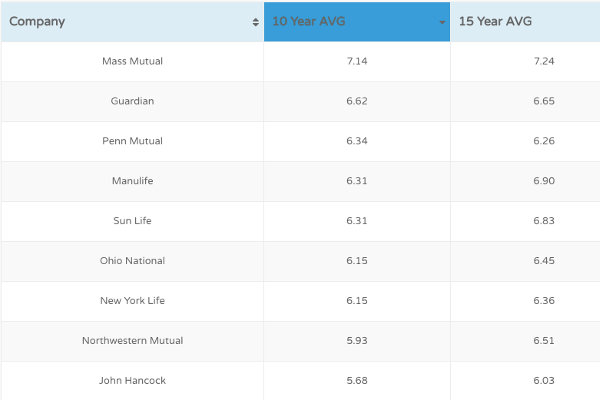When it comes to securing your financial future and providing protection for your loved ones, whole life insurance is a popular choice. It offers not only a guaranteed death benefit but also a cash value component that can grow over time. However, there is a strategy called overfunding that allows policyholders to contribute more than the required premium payments into their policies. In this article, we will explore the pros and cons of overfunding a whole life insurance policy to help you determine if it is the right choice for you.
Understanding Overfunding
Overfunding a whole life insurance policy involves paying more than the minimum required premium payments. The excess funds are then allocated to the cash value component of the policy, allowing it to grow at a faster rate. This strategy can provide several potential benefits but also comes with certain considerations.Pros of Overfunding a Whole Life Insurance Policy
- Increased Cash Value Growth
- Tax Advantages
- Enhanced Death Benefit
- Creditor Protection
Exploring overfunding in Whole Life Insurance: weigh the pros and cons.
Click below to get a Quote Now!
Get Me A QuoteCons of Overfunding a Whole Life Insurance Policy
- Higher Premiums
- Limited Flexibility
- Opportunity Cost
- Surrender Charges




